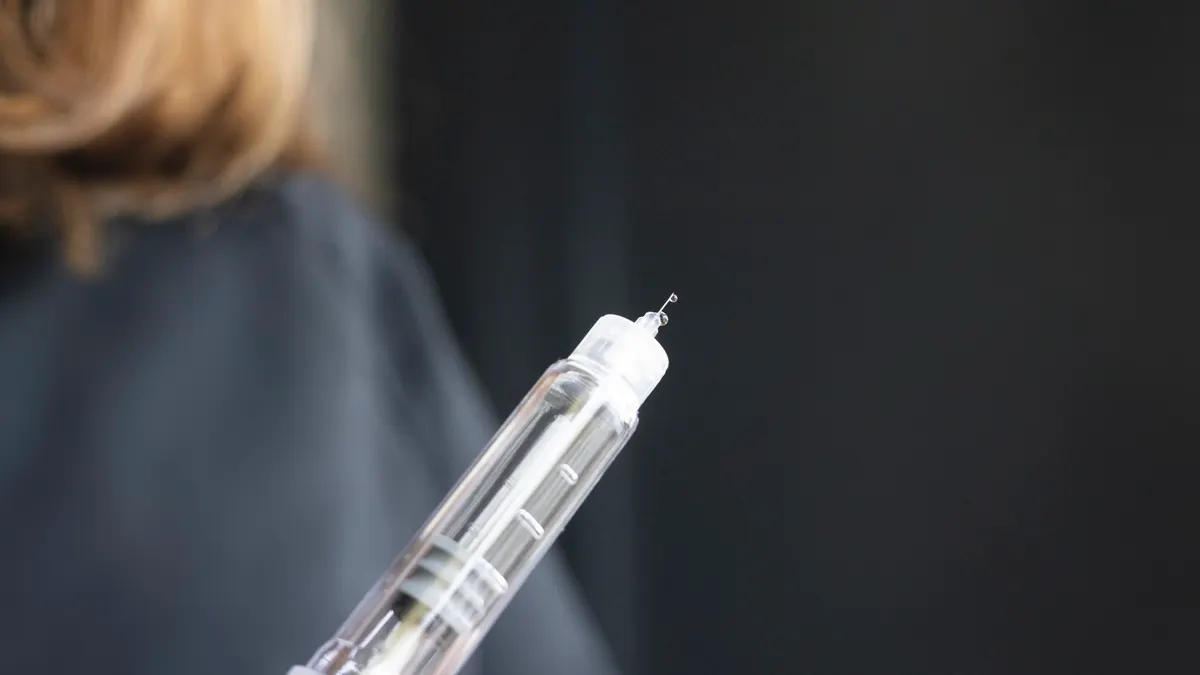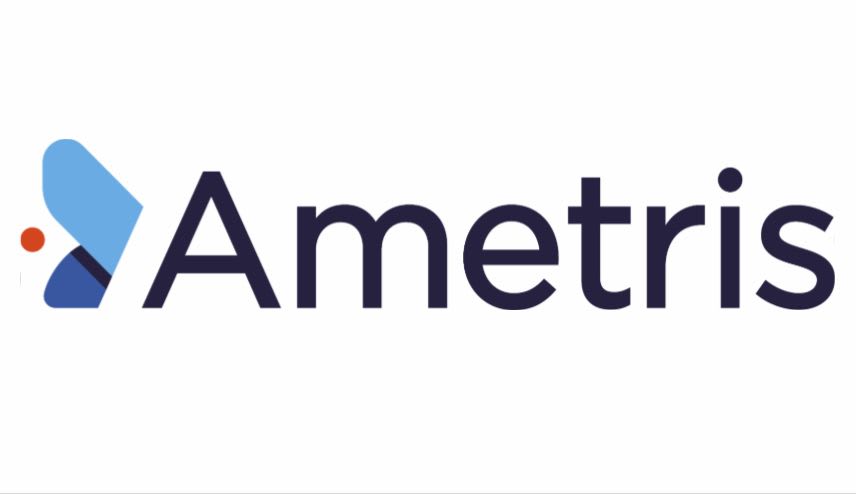One of the few drugs to treat mpox suffered a setback just as a new, potentially more deadly outbreak of the disease gathers steam.
Siga Technologies recently reported that its antiviral Tpoxx didn’t clear the disease’s hallmark blistering rash faster than placebo in a government-sponsored trial. The announcement sent the company’s stock tumbling.
Tpoxx is the industry’s lead antiviral for mpox, and doctors used it broadly during the global outbreak in 2022 caused by the milder clade 2 strain of the virus. While the European Medicines Agency approved the drug to treat mpox, smallpox, cowpox and vaccinia, Tpoxx is only indicated for smallpox in the U.S. and patients can only get it under expanded or compassionate use or through an NIH-sponsored trial.
The most recent trial data on Tpoxx emerged from a study in the Democratic Republic of Congo and showed that while the drug is safe, it didn’t appear to speed recovery among patients with clade 1 mpox.
“These findings are disappointing, but they give us essential information and reinforce the need to identify other therapeutic candidates for mpox while we continue research on tecovirimat use in other populations with mpox,” NIAID Director Dr. Jeanne Marrazzo, said in a written release.
But if you ask Dr. Jay Varma, Siga’s chief medical officer, the discouraging data doesn’t point to a drug that doesn’t work — it revealed a flawed endpoint selection. Approximately 20% and 30% of people in the trial received the drug beyond the seven-day window when it works best because the study was part of a humanitarian response, he said.
"We think Tpoxx has its maximum utility as post-exposure prophylaxis."

Dr. Jay Varma
Chief medical officer, Siga Therapeutics
“We know from extensive animal studies that the drug is very likely to be effective at stopping patients from developing severe mpox disease and speeding up the healing time as long as it is given early in the course of treatment,” Varma said.
Trial participants with severe disease who took the drug within seven days of symptom onset did see a meaningful improvement.
“While more analysis is required, the company believes these data support further trials to assess the potential benefit of tecovirimat in those who present to medical care soon after symptoms and in those with severe disease,” said a company press release.
In addition, the trial’s placebo arm likely performed better than expected, which may have clouded the results. All patients who took it were hospitalized and received supportive care, likely reducing deaths in both groups. The mortality rate among study participants was 1.7% compared with 3.6% among all DRC cases.
A growing threat
Even so, the timing of the failure isn’t ideal. The World Health Organization recently sounded the alarm on the recent outbreak, declaring mpox a public health emergency of international concern to muster a coordinated multi-nation response. The outbreak began in the DRC, where the new, potentially more virulent strain of sexually transmissible mpox, clade 1b, arose in 2023.
So far in 2024, 15,600 cases and 537 mpox deaths have been recorded in the DRC, eclipsing last year’s total, according to the WHO. Experts fear that spread among DRC sex workers, traveling truck drivers and miners has helped give the outbreak wheels, Varma said. But children make up half of the DRC cases and 463 of the deaths, UNICEF reported. Several other African nations and, most recently, Sweden have also reported cases..
The outbreak is expected to expand across the world, including in the U.S., Varma said. But the good news is that health officials can roll out the same playbook used in the past.
“This isn't COVID,” he said.
Responders already know how to contain mpox with an existing arsenal of diagnostic tests, drugs, and the two approved vaccines.
The Jynneos shot, manufactured by Bavarian Nordic, is the primary option. The second, ACAM2000, is a smallpox vaccine authorized through an Expanded Access Investigational New Drug protocol. Vaccines can also prevent disease after known exposure if given in time. Tpoxx, or other, less commonly used antivirals, are called in when people get sick because they either weren’t vaccinated or had a breakthrough infection, Varma said.
“Ultimately, we think Tpoxx has its maximum utility as post-exposure prophylaxis,” he said.
Varma said the company hopes to get broader approval for Tpoxx in mpox, but to accomplish that they’ll need efficacy data, which they’re hoping to collect through the company’s additional trials, including four already ongoing in the U.S., and other countries. All four studies are being conducted by independent investigators and are currently enrolling patients. Siga doesn’t yet know when new data on the drug will be published.
“We continue to support trial sponsors and enrollment activities to advance these trials as quickly as possible to gain a better understanding of the potential for Tpoxx to benefit people with mpox,” the company said in an emailed statement.
Even so, Varma remains cautiously optimistic the U.S. has what it needs to combat mpox.
“I anticipate that if and when the outbreak comes to the United States, there will be cases, there will be suffering, but my best guess is that it won't be on the scale of the 2022 epidemic because lessons have been learned, and there's a lot of awareness,” Varma said. “But we don’t really know. The virus can always evolve and surprise us.”



















